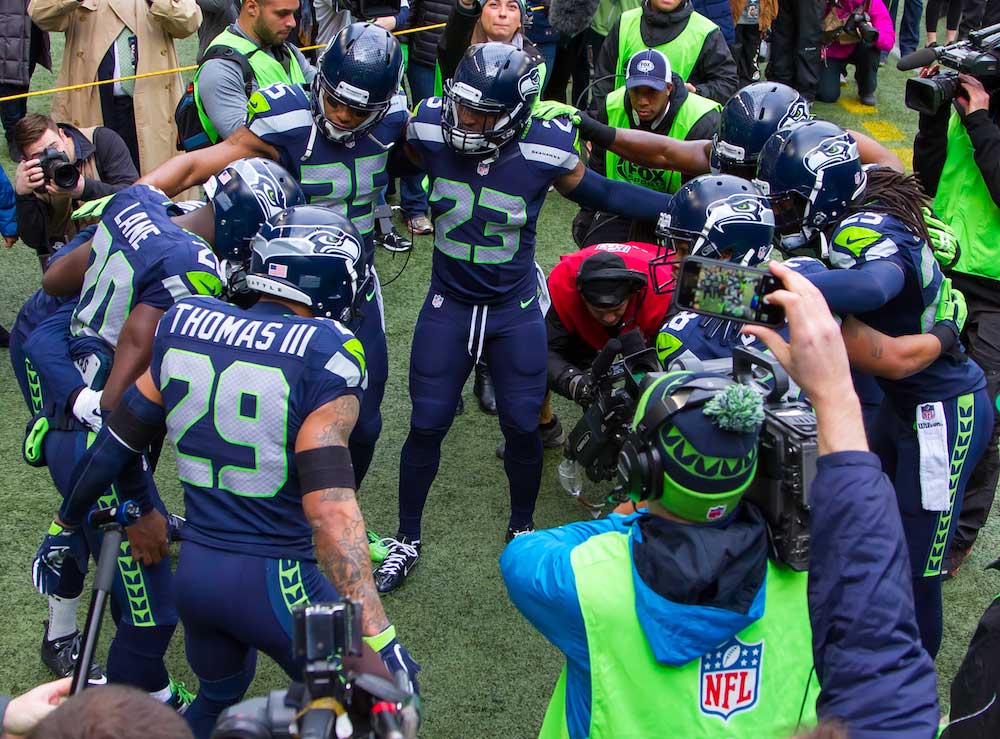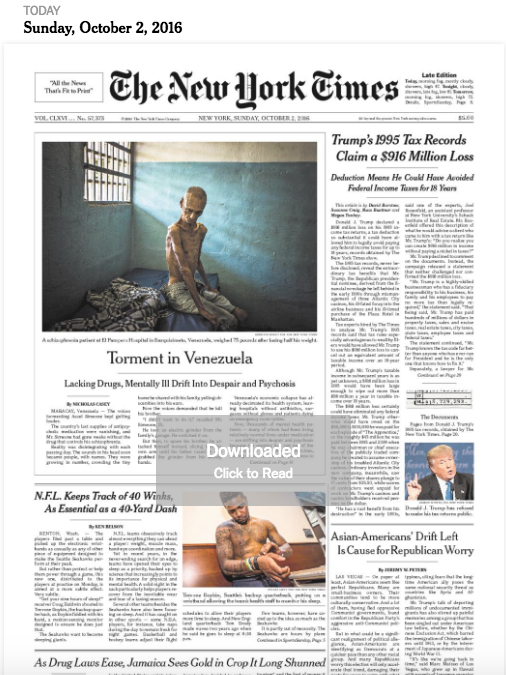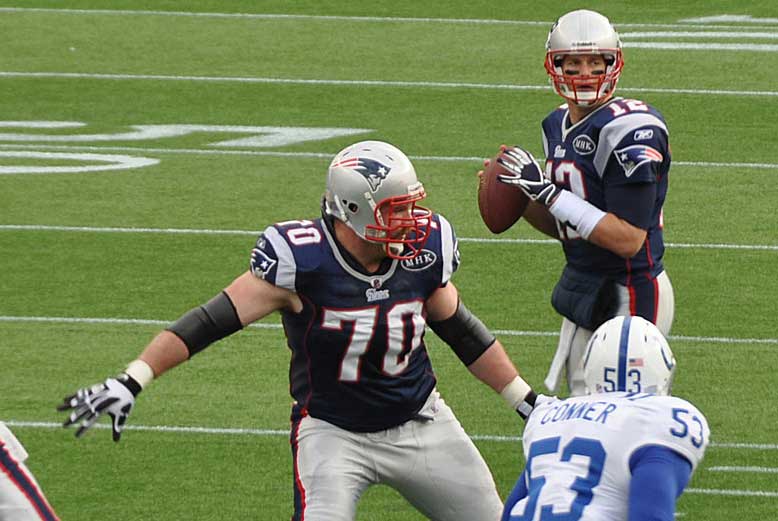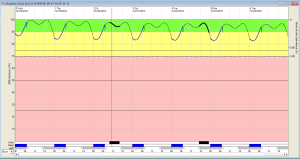New York Times cover story: Seattle Seahawks rely on Fatigue Science for performance edge

Fatigue Science was the talk of New York—and the entire NFL—during a recent east-coast west-coast clash between the New York Jets and the Seattle Seahawks.
The Seahawks’ predictive fatigue monitoring program using Fatigue Science was featured on the front page of the New York Times. The story examines sleep in the NFL and the innovative work of Seahawks’ director of player health and performance, Sam Ramsden. And on the heels of that story, the Seattle Seahawks travelled across the country to soundly defeat the New York Jets at home.
“I always thought that sleep was overrated, and I had to kind of be knocked in the head to understand,” Seahawks head coach Pete Carroll told the Times. “Like so many things, once it gets on the radar screen, it makes sense and you ask, why didn’t we pay attention before?”
About 40 players on the 53-man Seahawks roster will wear the Fatigue Science Readiband to monitor fatigue throughout the entire NFL season, up from 20 just a few years ago. New York Times reporter Ken Belson was on hand for the deployment of Fatigue Science’s new predictive fatigue monitoring program and the Readiband 4, interviewing players and coaches about the importance of sleep in the NFL.

Read the entire story about the NFL and Fatigue Science on A1 of the New York Times.
Interested in learning more about data-driven fatigue management?
or for a comprehensive overview of the scientific link between sleep and athletic performance, download our free Science of Sleep eBook.

